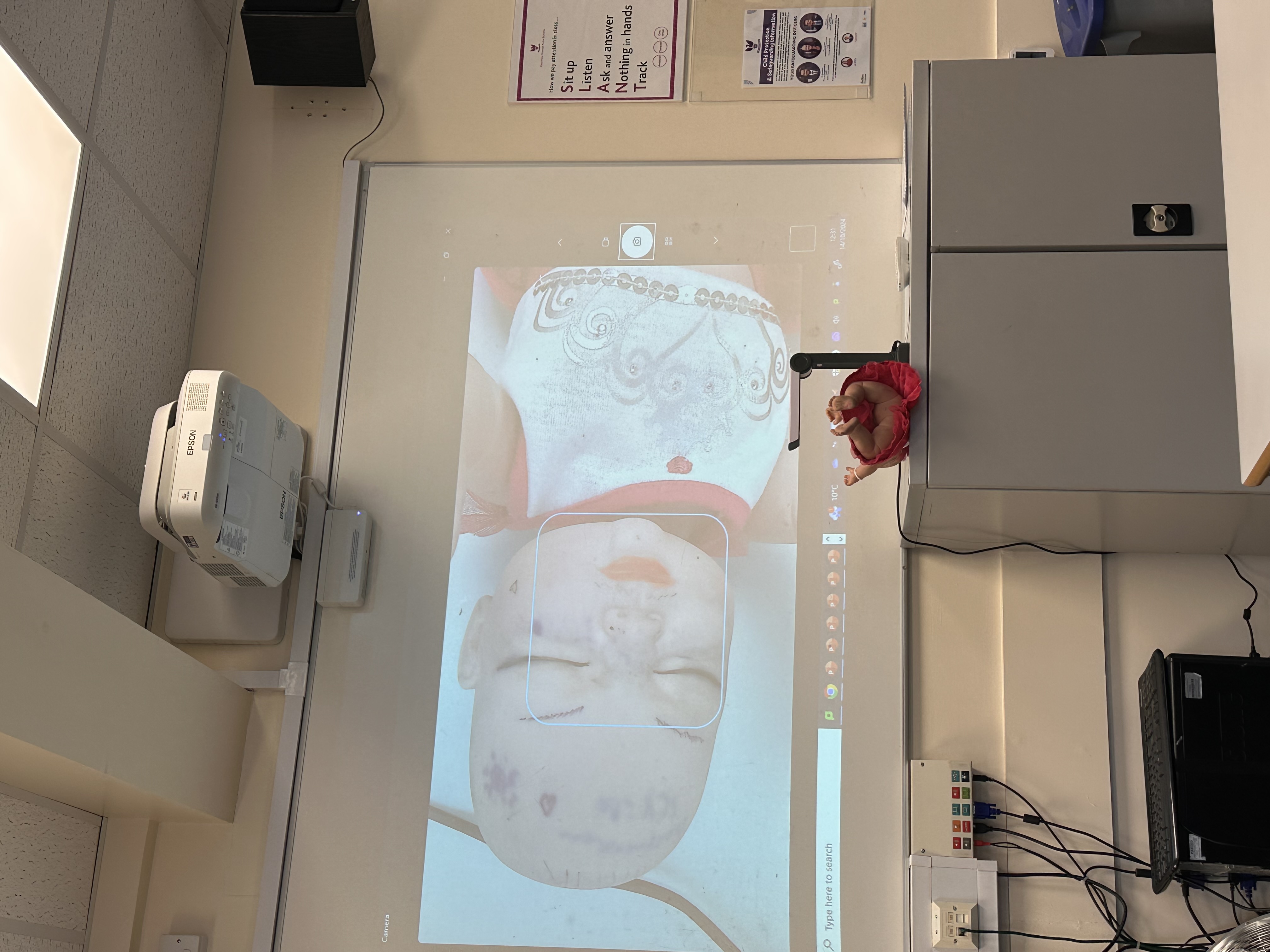Caregiver-infant interactions
Cards (11)
- Define Attachment
- Identify examples of caregiver-infant interactions
- Outline research into caregiver-infant interactions -develop and maintain attachments
- Outline research into caregiver-infant interactions -interactional synchrony
- Strength caregiver-infant interaction - reciprocity has received supporting evidence
- Strength infant caregiver interactions - highly controlled environment - standardised procedures
- Limitation of caregiver-infant interactions - negative social and economic implications
- Strength of caregiver-infant interactions - imitation has received supporting evidence
- Limitation of caregiver-infant interaction issues with imitation being intentional or not
